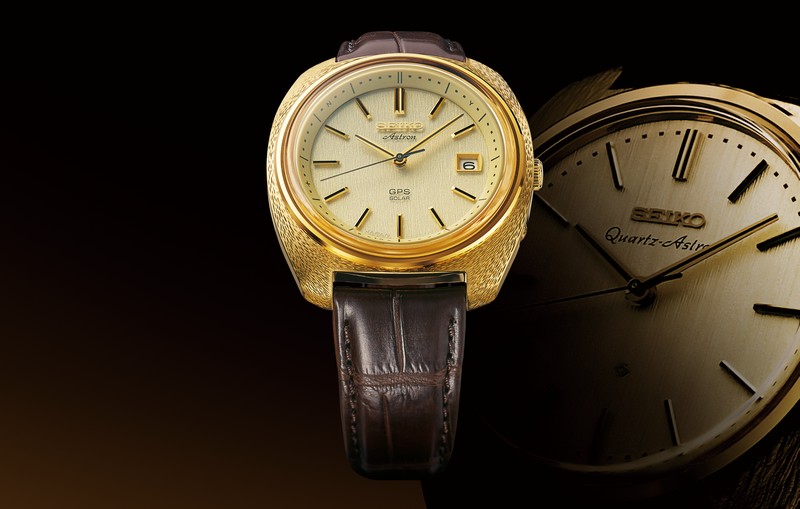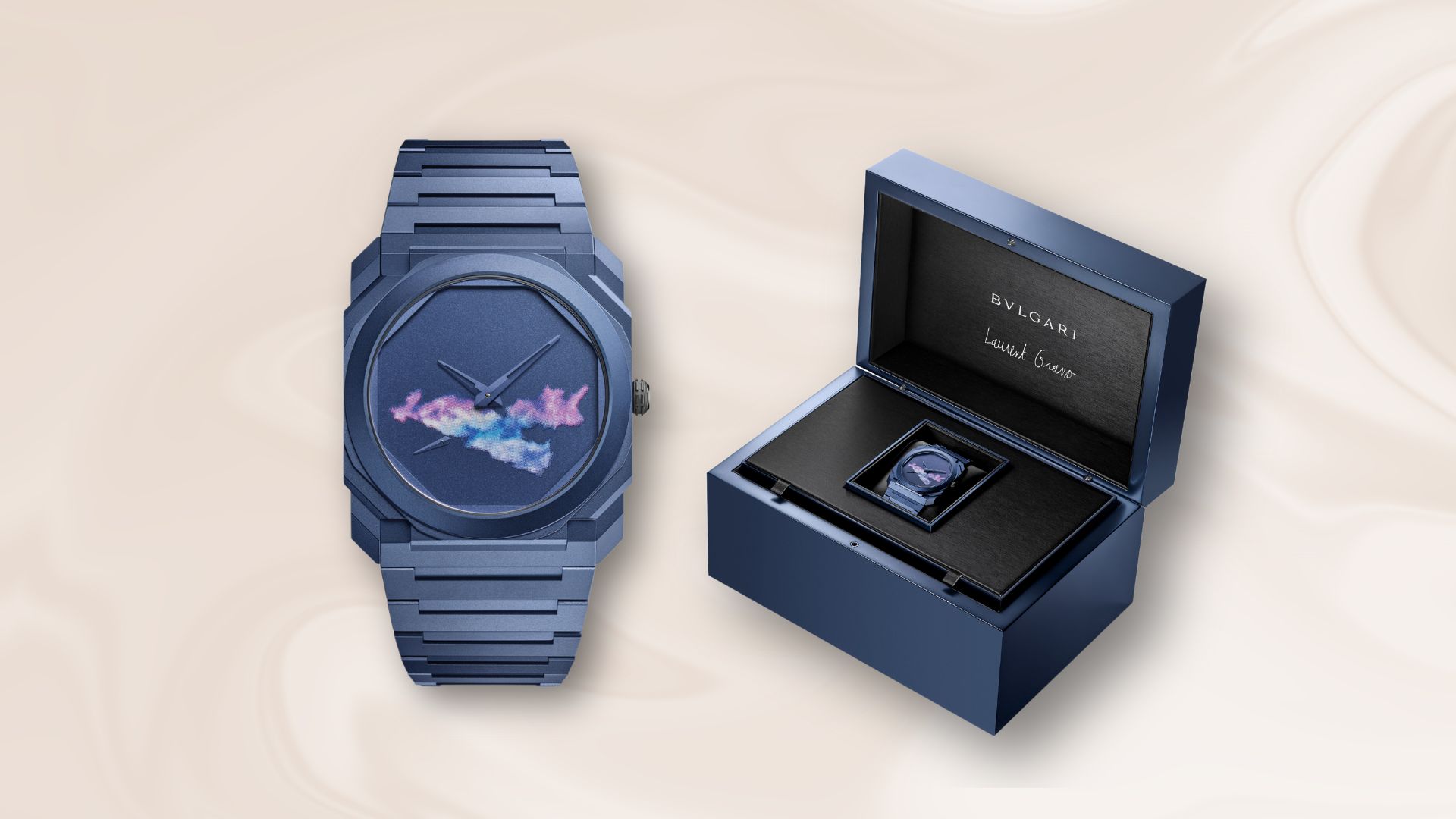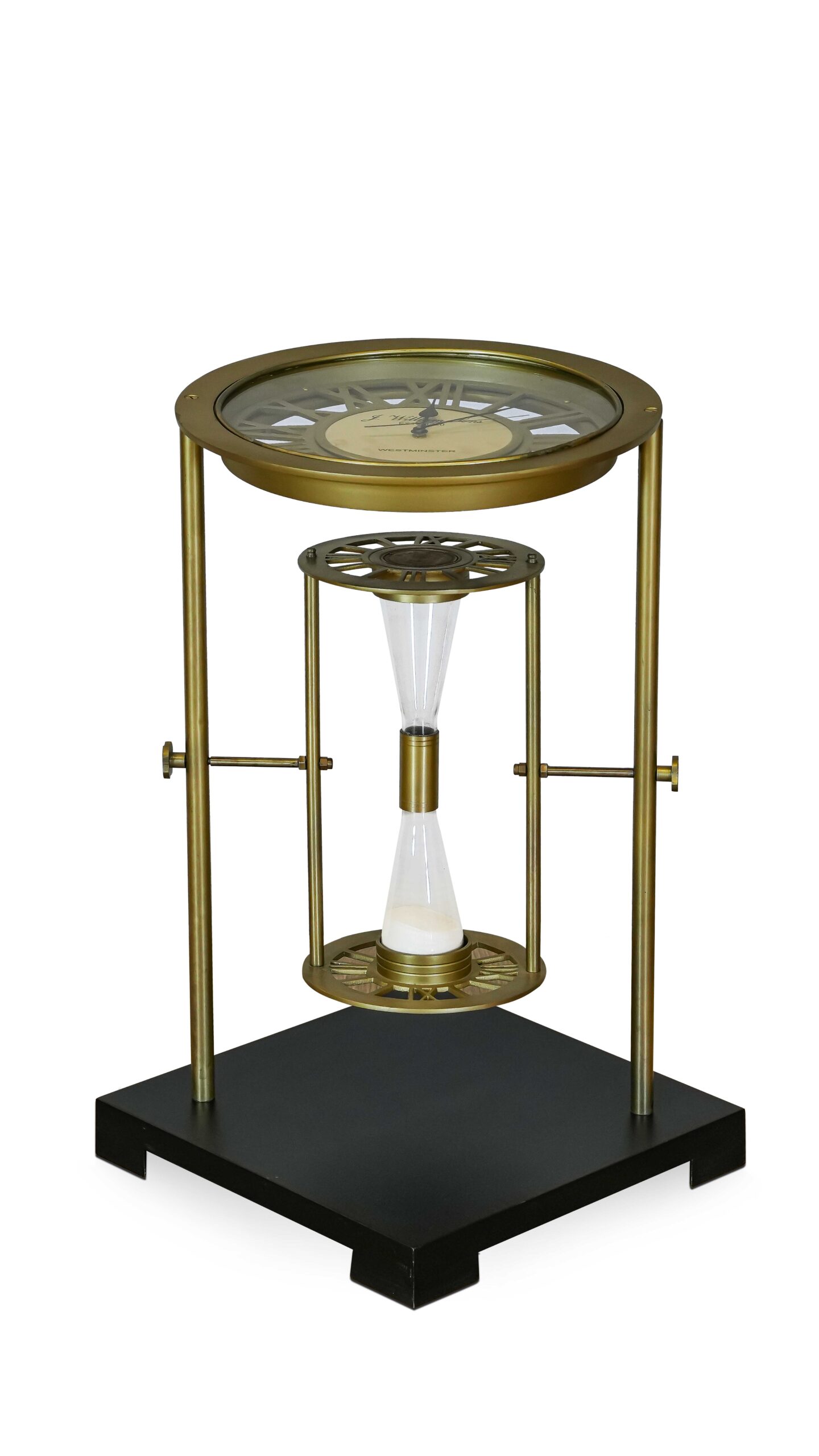The 1969 Seiko Quartz Astron 50th Anniversary Limited Edition
This new limited edition watch brings back to life the form and design of the 1969 Seiko Quartz Astron in its entirety. Both the elegance of the celebrated timepiece and its characteristically futuristic feel are reflected in the curved silhouette of the case, the wide case lugs, and the thin bezel. Like the 1969 watch, the case is in 18K yellow gold with each delicately hand carved by the highest skilled craftsmen and women. The dial has a subtle vertical hairline pattern and the hands and multi-faceted indexes are thin and carry a black line on the surface, just as on the first Seiko Quartz Astron.
The limited edition watch houses a new GPS Solar movement that allows it to have the slimness and grace of the 1969 watch’s form. The new Caliber 3X22 is the world’s thinnest* GPS solar caliber to be fitted in a watch case and is made possible by the highest level of modern watchmaking technology. Reduced to its essentials of time adjustment and timekeeping, the watch connects automatically up to twice a day to the GPS network to maintain its precision of one second every 100,000 years, and when time zone adjustment is required, with a simple push of a single button, the hands move faster than ever thanks to the system that moves each hand independently.
Read Also: Emery Studio Launches Opulent Adonis Collection by Barovier & Toso
The Seiko Quartz Astron 35 SQ: A Pioneering Moment in Watchmaking History
In 1969, several efforts were being made to reduce quartz clocks to a size, and with a low enough power consumption, to be viable in a wristwatch, but on Christmas Day of that year, Seiko won the race by releasing the very first practical quartz wristwatch. This was the Seiko Quartz Astron 35 SQ. The Astron was very much a first-generation effort; it had a relatively short battery life (about a year, which was still pretty impressive by the technology standards of the time) and it was very expensive; Seiko only made 200 of them and they were sold only in Japan.
However, it was the wave of the future. The Astron 35 SQ debuted with an accuracy of ±0.2 seconds per day, and at a stroke, redefined expectations of accuracy in wristwatches for the future. Mechanical and quartz watchmaking co-exist today in a way that would have been unthinkable in the years just following the debut of the Astron – there were serious discussions in the Swiss watch industry during that period, about whether or not it mightn’t just make more sense to abandon mechanical watchmaking entirely – but the Astron remains and will forever remain, the ur-quartz timepiece, and the first of a new breed of timepieces whose evolution continues today.
To know more CLICK HERE












